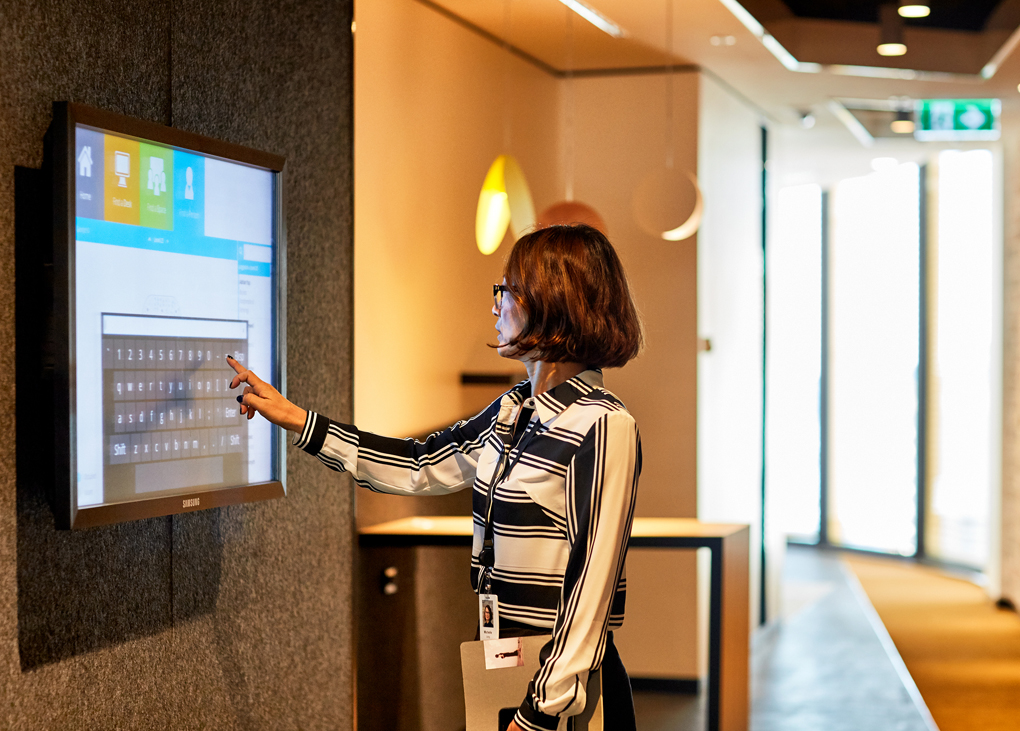As building owners and facilities managers grapple with the task of keeping occupants safe in a post-COVID-19 world, one discipline that may provide answers is big data and analytics.
Amber Keogh is Manager of Transformational Projects at Hendry, a leading built-form advisory firm, and also the keynote speaker at AIRAH’s Big Data and Analytics Forum, to be held as a virtual event on August 6.
Keogh’s presentation will look at shifting key metrics, and prioritising health and wellbeing within the built environment post-COVID-19.
According to Keogh, the key for services or solutions providers is to add value for the client, and make sure they speak and operate in “value terms”.
“Recent shifts have triggered a tenant/occupier market, heightened the spotlight on health and wellbeing, and tightened budgets,” says Keogh. “The field is wide open for HVAC&R to evolve and capitalise on being the most impactful service in the building, however, legacy operators will need to move fast to compete, collaborate or partner with complementary start-ups.”
Keogh says there are already good examples of sites where big data is being leveraged to improve occupant health and wellbeing. She points to the Mirvac HQ at the EY Centre in Sydney, which uses smart technology to monitor a number of health and sustainability metrics. This data is then used to adjust the internal environment to the needs of the occupants and building performance criteria.
The EY Centre was the first space in Australia to hold a Gold Level WELL Certification, and Keogh says this kind of certification will become critical to building owners and operators.
“It also has the potential to play a role in the development and implementation of future regulations, where the perfect storm of built-environment shortfalls and budding research may put a harsh lens on indoor air quality.”
Keogh adds that leading healthcare facilities around the world are relying on big data and analytics to improve health and wellbeing with the intention of reducing inpatient hospital time due to infection spread and subsequent re-admissions. Facilities in some locales rely on this as an aggregate measure for funding.
Apart from the impacts of COVID-19, Keogh says that one emerging trend in the built environment – and especially for the HVAC&R community – is a greater emphasis on partnerships.
“Companies of any size and offering should be connecting with stakeholders from peers, clients, collaborators, end users, and public and tertiary entities alike to deliver truly valuable, relevant and competitive solutions,” she says.
“This is where start-ups have traditionally had an advantage, in being resourceful on the outset to create returns across the value chain. A service, product or solution should never consider itself in isolation to the rest of the building operation ‘stack’.”
For more information on AIRAH’s Big Data and Analytics Forum, click here.
Featured image courtesy of www.wellcertified.com
 Mark Vender
Mark Vender


Leave a Reply